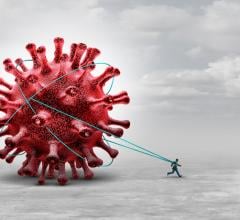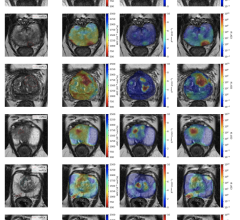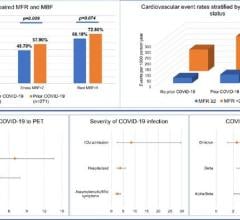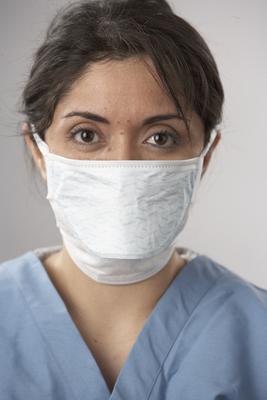
March 25, 2020 — The U.S. Food and Drug Administration (FDA) said it is taking action to increase U.S. supplies of personal protective equipment (PPE) and other supplies to support the U.S. response to the novel coronavirus (COVID-19, SARS-CoV-2). This comes amid a nation-wide shortage of PPE and hospitals starting to ask their local communities for donantions and volunteer groups starting to produce home-made face masks.
According to a March 24 statement from FDA Commissioner of Food and Drugs Stephen M. Hahn, M.D., the U.S. Food and Drug Administration (FDA) took action to increase U.S. supplies to support the U.S. response to COVID-19 by providing instructions to manufacturers importing personal protective equipment and other devices.
"One of FDA’s priorities in combating the COVID-19 pandemic is facilitating access to critical personal protective equipment and devices," Hahn explained. "We are engaging with importers and others involved in the import trade community during this pandemic to facilitate the entry of needed products, including PPE, into the U.S. These instructions to importers clarify the types of PPE that can be imported without engaging with FDA. They also include information about the type of information importers can submit to facilitate their entries. We have adjusted our import screening to further expedite imports of legitimate products and are continually monitoring our import systems to prevent and mitigate any potential issues."
FDA, CDC Allows Use of Industrial N95 Masks
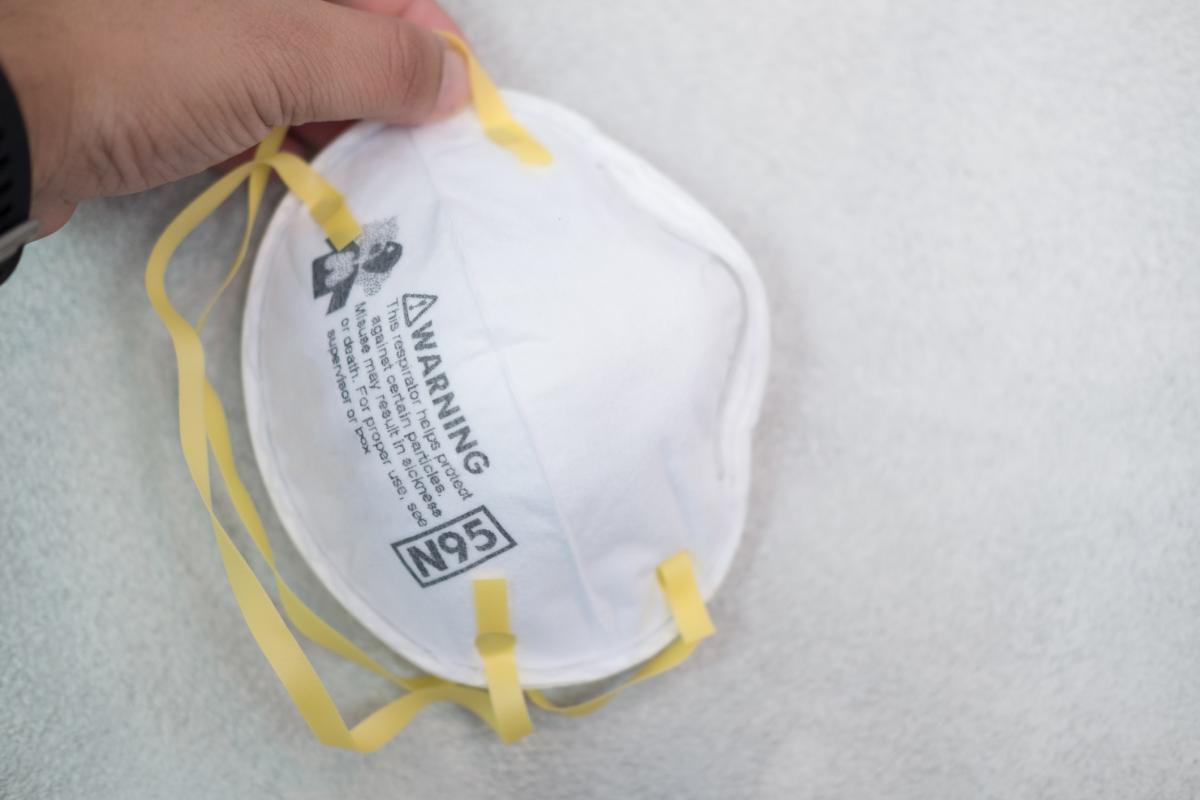 On March 2, in a joint effort, the FDA and the Centers for Disease Control and Prevention (CDC) took action to make more respirators, including certain N95s, available to healthcare personnel. Currently, the majority of respirators on the market are indicated for use in industrial settings. This action allows certain National Institute for Occupational Safety and Health (NIOSH) approved respirators not currently regulated by the FDA to be used in a healthcare setting by healthcare personnel during the coronavirus outbreak, thereby maximizing the number of respirators available to meet the needs of the U.S. healthcare system.
On March 2, in a joint effort, the FDA and the Centers for Disease Control and Prevention (CDC) took action to make more respirators, including certain N95s, available to healthcare personnel. Currently, the majority of respirators on the market are indicated for use in industrial settings. This action allows certain National Institute for Occupational Safety and Health (NIOSH) approved respirators not currently regulated by the FDA to be used in a healthcare setting by healthcare personnel during the coronavirus outbreak, thereby maximizing the number of respirators available to meet the needs of the U.S. healthcare system.
Respiratory protective devices are designed to achieve a very close facial fit and very efficient filtration of airborne particles. When properly fitted, respirators, such as N95s, can filter more airborne particles than sugical face masks, which is important during an outbreak of a respiratory disease like COVID-19. The FDA regulates respirators intended for use in a health care setting, however, most respirators are used in construction and other industrial jobs only and are therefore not required to meet the FDA requirements for testing.
Link to CDC N95 information page
Shortage of Supplies Lead Hospitals to Ask for Donantions
With disrupted supply chains and massive demand workd-wide for PPE, especially face masks, shortages are starting to be felt by healthcare organizations. Some hospitals have reached out to their local communities for donations of PPE supplies to augment what they have on hand. One example of this was the five hospital Henry Ford Healthcare System in Detroit, which issued a call for various stocks of medical-grade supplies, including:
• Disposable face masks.
• N95 respirators.
• Eye protection including face shields and safety goggles.
• Disposable gowns.
• Disposable gloves (especially non latex).
• Disposable surgical caps.
• Disposable foot covers.
• Bleach and/or antimicrobial wipes.
• Hand sanitizer.
• More specialized items are PAPRs (powered air-purifying respirators) and PAPR hoods, nasal testing swabs and viral testing kits.
On March 2, in a joint effort, the FDA and the Centers for Disease Control and Prevention (CDC) took action to make more respirators, including certain N95s, available to healthcare personnel. Currently, the majority of respirators on the market are indicated for use in industrial settings. This action allows certain National Institute for Occupational Safety and Health (NIOSH) approved respirators not currently regulated by the FDA to be used in a health care setting by healthcare personnel during the coronavirus outbreak, thereby maximizing the number of respirators available to meet the needs of the U.S. healthcare system.
Respiratory protective devices are designed to achieve a very close facial fit and very efficient filtration of airborne particles. When properly fitted, respirators, such as N95s, can filter more airborne particles than sugical face masks, which is important during an outbreak of a respiratory disease like COVID-19. The FDA regulates respirators intended for use in a health care setting, however, most respirators are used in construction and other industrial jobs only and are therefore not required to meet the FDA requirements for testing.
Link to CDC N95 information page
Shortage of Supplies Lead Hospitals to Ask for Donantions
With disrupted supply chains and massive demand workd-wide for PPE, especially face masks, shortages are starting to be felt by healthcare organizations. Some hospitals have reached out to their local communities for donantions of PPE supplies to augment what they have on hand. One example of this was the five hospital Henry Ford Healthcare System in Detroit, which issued a call for various stocks of medical-grade supplies, including:
• Disposable face masks.
• N95 respirators.
• Eye protection including face shields and safety goggles.
• Disposable gowns.
• Disposable gloves (especially non latex).
• Disposable surgical caps.
• Disposable foot covers.
• Bleach and/or antimicrobial wipes.
• Hand sanitizer.
• More specialized items are PAPRs (powered air-purifying respirators) and PAPR hoods, nasal testing swabs and viral testing kits.
“We are extremely grateful to our partners in the medical community and business community who are coming forward with their donations,” said Bob Riney, president of healthcare operations and chief operating officer for Henry Ford Healthcare. “The unique circumstances of the COVID-19 pandemic has presented challenges unseen before in health care. As we prepare for an expected surge of patients, these donations, whether large or small, will help keep our patients and our team members safe.”
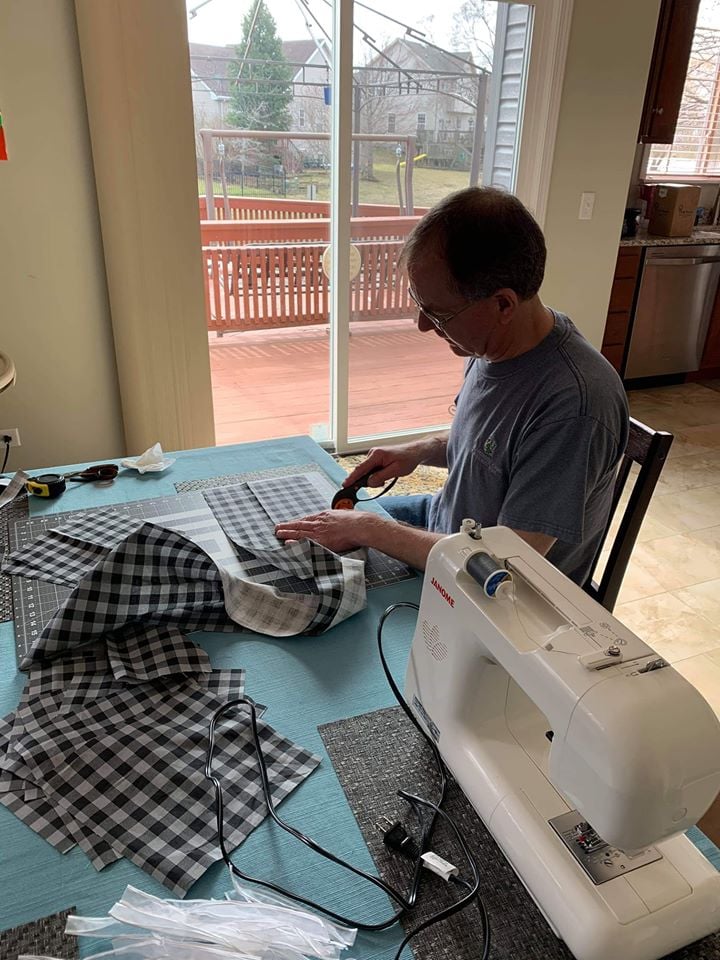 The hospital system specifically says it is not accepting donations of homemade sewed masks. However, there has been a a push on social media for people with sewing skills to make these. Some home-made masks are being used by healthcare workers in in less critical areas to help conserve medical grade PPE supplies for healthcare workers in the frontlines where they are more likely to have contact with COVID-19 patients.
The hospital system specifically says it is not accepting donations of homemade sewed masks. However, there has been a a push on social media for people with sewing skills to make these. Some home-made masks are being used by healthcare workers in in less critical areas to help conserve medical grade PPE supplies for healthcare workers in the frontlines where they are more likely to have contact with COVID-19 patients.
Patters for how to make surgical masks and other PPE have popped up across the internet. Jo Ann Fabrics created a webpage dedicated to how to make face masks and other items.
Photo to the left shows a volunteer in Plainfield, Ill., sewing face masks masks at home for friends because of the shortage of masks on the market and to avoid impacting supplies for healthcare workers. Photo by Cathy McQuarters.
FDA Issues Guidelines to Conserve Surgical Glove Supplies
The FDA recognizes the supply of medical gloves may be outpaced by demand as healthcare organizations combat the coronavirus disease 2019 outbreak. The FDA issues a letter to healthcare providers specifically to potential shortages relating to surgeons’ gloves and patient examination gloves. The FDA suggests these crisis or alternate strategies if medical gloves are running low or not available:
• Refer to the CDC’s Hand Hygiene in Healthcare Settings
• Use medical gloves beyond the manufacturer-designated shelf life in a setting where there is a lower risk of transmission (for example, non-surgical, non-sterile). The user should visibly inspect the gloves prior to use and, if there are concerns (for example, discolored or visible tears, holes), discard the gloves.
• Extend the use of medical gloves for healthcare providers without changing the gloves between patients with the same infectious disease diagnosis or exposure and no other infections. Gloved hands can be cleaned between patients and at other times when hand hygiene would normally be performed during routine patient care.
• Alcohol-based hand sanitizers may degrade vinyl gloves. If a glove becomes damaged (for example, discolored, deteriorated, visible tears, holes) or contaminated (for example, body fluids, chemotherapy drugs), replace it.
• Consider using radiographic protective gloves or radiation attenuating surgeon’s gloves that are clean and offer fluid barrier protection. These gloves cannot be sterilized but can be cleaned following the manufacturer’s labeling.
• Consider using non-medical gloves such as those used for food service, embalming, cleaning, or other industrial-grade gloves that most closely align with the ASTM standards for medical gloves as outlined in the FDA’s Medical Glove Guidance Manual.
• Be aware that counterfeit medical and non-medical gloves may be on the market, especially during this time of reduced supply.
The FDA said the conservation strategies described above are intended to augment and not intended to replace specific controls and procedures.
FDA Establishes Special Email for Faster Industry Communications
The FDA established a special email inbox, [email protected], for industry representatives to quickly communicate with the agency and address questions or concerns.
The agency said it is providing maximum flexibility to those seeking to bring PPE into the U.S. and are ready and available to engage with importers to minimize disruptions during the importing process.
Hahn said many companies are stepping up across America to help with manufacturing critical and life-saving medical supplies to strengthen the U.S. response. To support their efforts, the FDA is setting up additional avenues of communication to FDA so they can contact us with any questions or concerns around the clock.
For more information: www.fda.gov
Additional COVID-19 Resources for Clinicians:
Johns Hopkins Coronavirus Resource Center with inteavtive map of cases in U.S. and worldwide
World Health Organization (WHO) COVID-19 situation reports
World Health Organization (WHO) coronavirus information page
U.S. Food and Drug Administration (FDA) COVID-19 information page

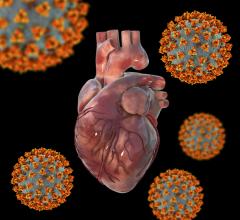
 March 20, 2024
March 20, 2024 




